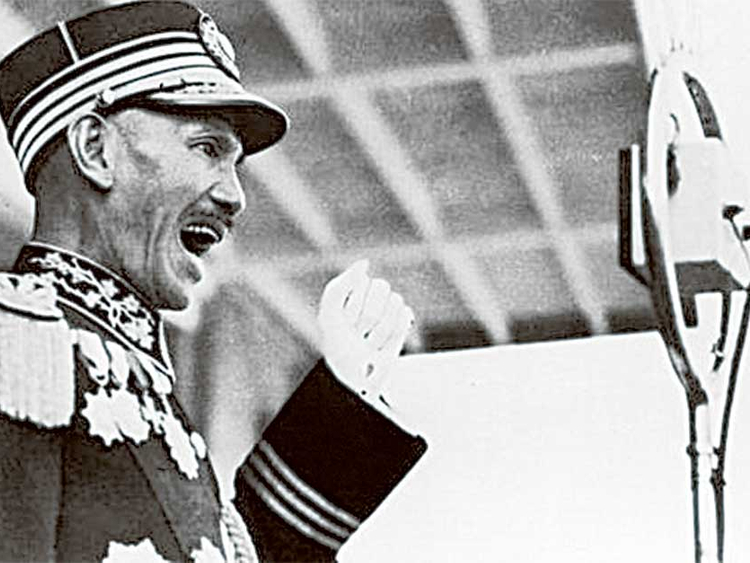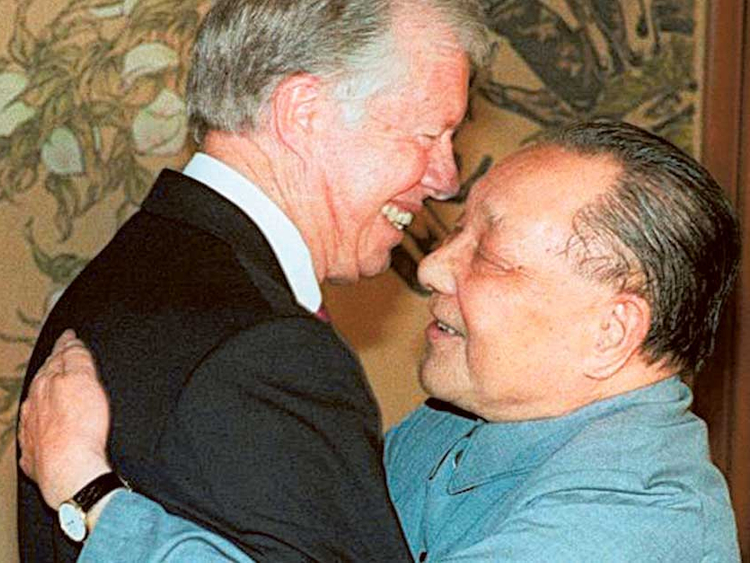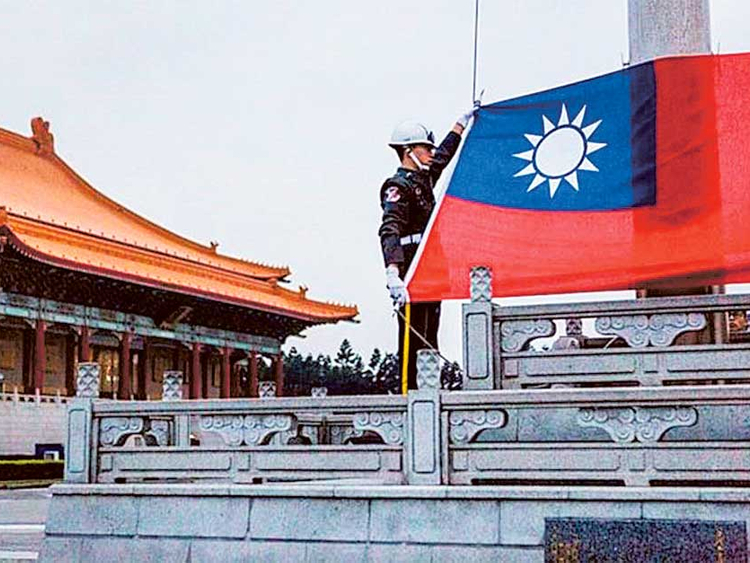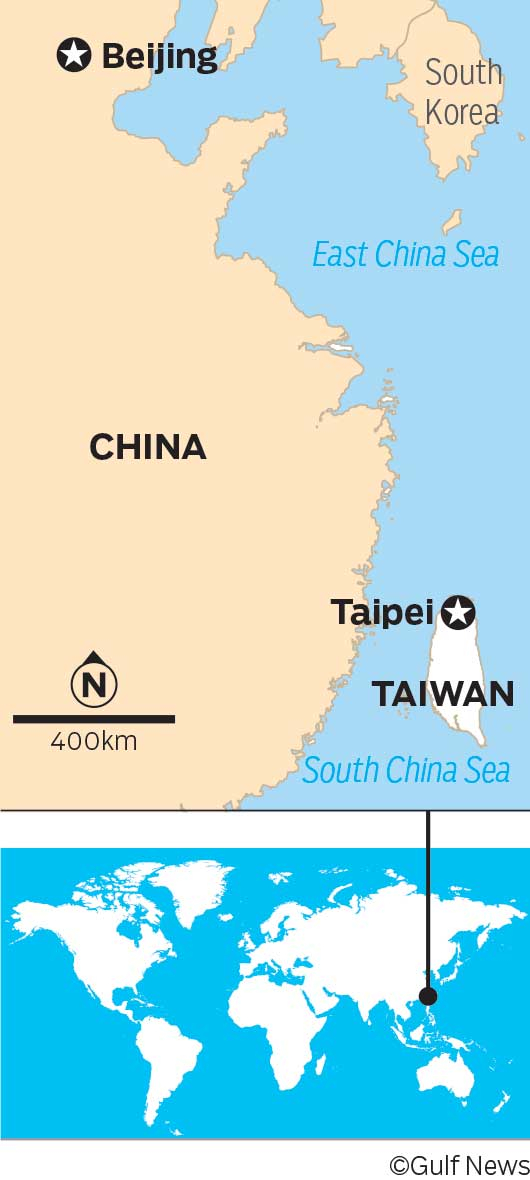What is the ‘One China’ policy?
It is the diplomatic acknowledgement of the Chinese position that there is only one China in the world and Taiwan is a part of that China. Under the policy, the US has formal ties with China rather than the island of Taiwan, which China sees as a breakaway province to be reunified with the mainland one day. As a part of the policy, Washington maintains a robust, non-official relationship with Taiwan, including continued arms sales to the island. The policy of acknowledging China’s position on this issue is not only a key cornerstone of Sino-US relations, it is also a fundamental bedrock of Chinese policy-making and diplomacy. Although Taiwan’s government claims it is an independent country officially called the “Republic of China”, any country that wants diplomatic relations with mainland China must break official ties with Taipei. It has resulted in Taiwan’s diplomatic isolation from the international community.
The early history
The first known settlers in Taiwan are thought to have come from modern-day southern China. The island first appears in Chinese records in AD239, when China sent an expeditionary force to explore — a fact Beijing uses to back its territorial claim. After a brief spell as a Dutch colony (1642-1661) Taiwan was unquestionably administered by China’s Qing dynasty from 1683 to 1895. Starting at the beginning of the 17th Century, significant numbers of migrants started arriving from China, often fleeing turmoil or hardship. Most were Hoklo Chinese from Fujian (Fukien) province or were Hakka Chinese, largely from Guangdong. The descendants of these two migrations now make up by far the largest population group. In 1895, following Japan’s victory in the First Sino-Japanese War, the Qing government had no choice but to cede Taiwan to Japan.
World War Two
After Japan was defeated in the Second World War, the US and Britain agreed that Taiwan should be handed over to their ally, Chiang Kai-shek’s Republic of China government, which was then in control of most of China. But in the next few years, Chiang’s troops were beaten back by the Communist armies under Mao Zedong. Chiang’s Republic of China (ROC) government fled the mainland to Taiwan in 1949, and at first claimed to represent the whole of China, which it intended to re-occupy. It held China’s seat on the United Nations Security Council and was recognised by many Western nations as the only Chinese government.
Changing recognition
In 1971, the UN switched diplomatic recognition to Beijing and the ROC government was forced out. Since then the number of countries that recognise the ROC government diplomatically has fallen to about 20. China regards Taiwan as a breakaway province which it has vowed to retake, by force if necessary.
Taiwan’s position
Taiwan’s leaders say the island is clearly much more than a province of China, arguing that it is a sovereign state.
Taiwan’s leaders say it is clearly much more than a province, arguing that it is a sovereign state. It has its own constitution, democratically-elected leaders, and about 300,000 active troops in its armed forces. Given the huge divide between these two positions, most other countries seem happy to accept the current ambiguity, whereby Taiwan has most of the characteristics of an independent state, even if its legal status remains unclear.
What role does the US play?
US President Jimmy Carter, shown with China’s Deng Xiaoping in 1987, formalised relations with Beijing.
The US is by far Taiwan’s most important friend, and its only ally. The relationship, forged during the Second World War and the Cold War, underwent its sternest test in 1979, when President Jimmy Carter ended US diplomatic recognition of Taiwan in order to concentrate on burgeoning ties with China. The US Congress, responding to the move, passed the Taiwan Relations Act, which promises to supply Taiwan with defensive weapons, and stressed that any attack by China would be considered of “grave concern” to the US. Since then, US policy has been described as one of “strategic ambiguity”, seeking to balance China’s emergence as a regional power with US admiration for Taiwan’s economic success and democratisation. The pivotal role of the US was most clearly shown in 1996, when China conducted provocative missile tests to try and influence Taiwan’s first direct presidential election. In response, US President Bill Clinton ordered the biggest display of US military power in Asia since the Vietnam War, sending ships to the Taiwan Strait, and a clear message to Beijing.
Unity and the island
Beijing became alarmed in 2000, when Taiwan elected as president Chen Shui-bian, who had openly backed independence. Chen was re-elected in 2004, prompting China to pass a so-called anti-secession law in 2005, stating China’s right to use “non-peaceful means” against Taiwan if it tried to secede from China. In 2008, Ma Ying-jeou was elected president. He sought to improve relations with China, mainly through economic agreements. Ma Ying-jeou sought to improve relations with China but was barred by Taiwan’s constitution from seeking a third term in office. In elections in January 2016, Tsai Ing-wen defeated Kuomintang party candidate Eric Chu. In early December, she spoke to the then US President-elect Donald Trump in a phone call, in what was a break with US policy set in 1979 when formal relations were cut.
Links with Beijing
While political progress has been slow, links between the two peoples and economies have grown sharply. Taiwanese companies have invested about $60 billion (Dh220.2 billion) in China, and up to one million Taiwanese now live there, many running Taiwanese factories. Some Taiwanese worry their economy is now dependent on China. Others point out that closer business ties makes Chinese military action less likely, because of the cost to China’s own economy. A controversial trade agreement sparked the “Sunflower Movement” in 2014 where students and activists occupied Taiwan’s parliament protesting against what they call China’s growing influence over Taiwan.
















